The life and wonder works of St Joseph the New-Metropolitan of Timisoara (1568-15 August 1656)
11 Μαρτίου 2013
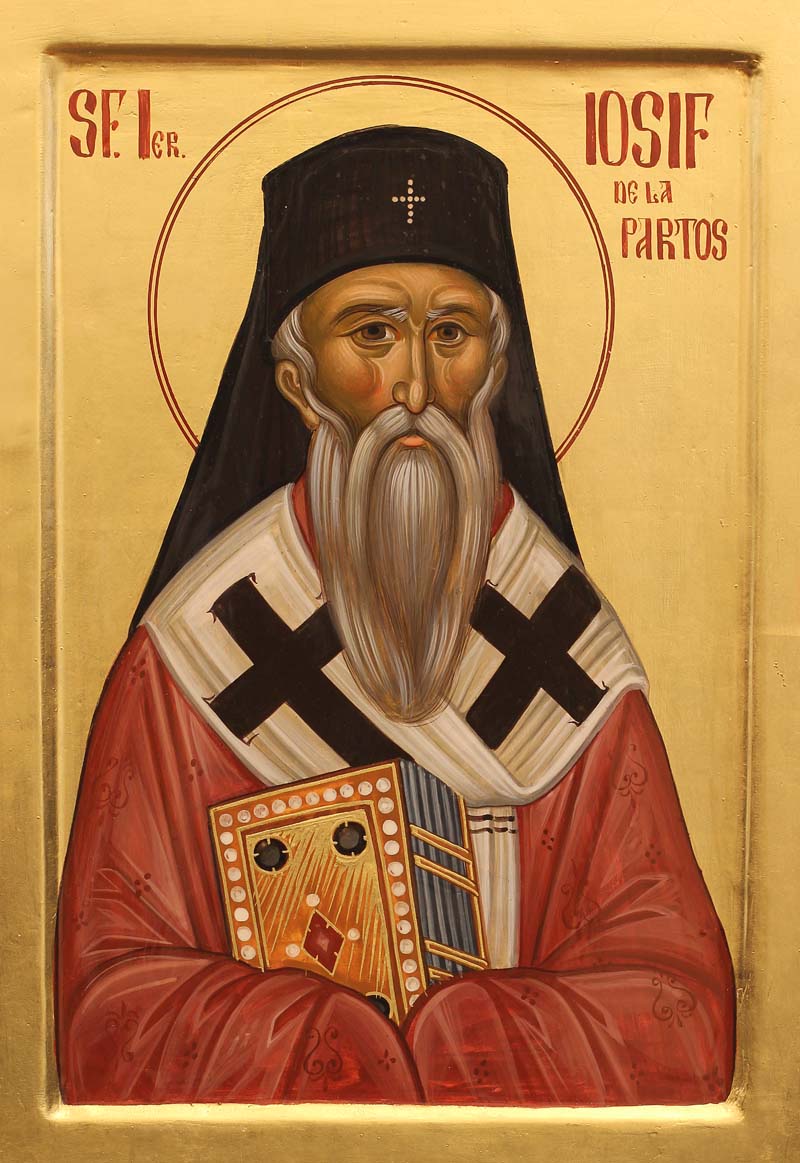 By Alekos Christodoulou,Theologian
By Alekos Christodoulou,Theologian
St Joseph the New, this holy hierarch and Jesus’ dwelling, the toast of Mount Athos and jewel of the Great and Holy Monastery of Vatopedi, was born in Ragouza ( Dubrovnik of Croatia) in 1568.
His father John hailed from Venice and was a wealthy skipper. While staying at the Greek isle of Limnos, he met and married Katherine, a Greek girl. Young James, who was later to be given the name ‘Joseph’, grew up alone with his orthodox and devout mother because his father was travelling a lot.
At the age of twelve his father drowned and his ship sank to the bottom of the sea. He and his mother sought refuge at her brother’s place in Ocrid (in today’s Skopje).
St Joseph attends school for three years. At the same time he loves going to the church and reading the scriptures. At fifteen with his mother’s blessing, he enters the monastery of the Most Holy Lady at Ocrid, under the guidance of a hieromonk who was her cousin. He stays there up to the age of twenty.
In 1588, he hears the Lord’s calling “Follow Me”. The Lord’s love pierced his heart like an arrow and like a thirsty deer he hastens to the garden of the Most Holy Lady. Abandoning the vainness and the disorder of this world he enters the Holy monastery of Pantocrator at the Holy Mountain along with a novice called Nikodeme. Jacob is thereafter named ‘Joseph’.
He continues his unrelenting spiritual struggles, assisted by the brunt of his youth, in order to accomplish virtue, particularly obedience and prayer. He bears Christ’s benign cross and slowly ascends the ladder of the beatitudes, acquiring the garment of the divine and Christ’s humility by deadening his self-will. Through humility he nullifies the demonic attacks and weakens the onslaught of thoughts. He also acquires considerable education through constant reading.
As blessed hieromonk, Ioannikios Blan writes in his ‘Romanian Gerontiko’ St Joseph “became a hesychast, living in the nearby woods, persevering through tough spiritual conditions. Thus he attained to heightened levels of spirituality, and was awarded by the Lord the trophy of tears and of incessant prayer, which he practiced with his mind and heart. He was also awarded the ability to heal the ailing, particularly the paralytic. As soon as the fathers became aware that he was dressed with the Grace of the Holy Spirit, they called him back to the monastery, ordained him and named him Spiritual father of all the monks at the Holy Mountain. He became so experienced in spiritual guidance that his fame reached even the Patriarchate of Constantinople”.
At a time when printing was in its infancy, he was given the task of practicing calligraphy, becoming well sought-after because he was patient, attentive and careful. As a renowned calligrapher, he is invited to the Monastery of Great Lavra where he stays and lives like the angels with prayer and fasting.
Let us point out that it was easy for a monk to move from one monastery to the other those days because most of them were non-conventional. Thus, after moving to various monasteries he ends up at Vatopedi. Nevertheless, those constant movements did nothing to diminish the Grace of the Holy Spirit residing in him, neither the divine fear nor his fervent zeal for the Lord.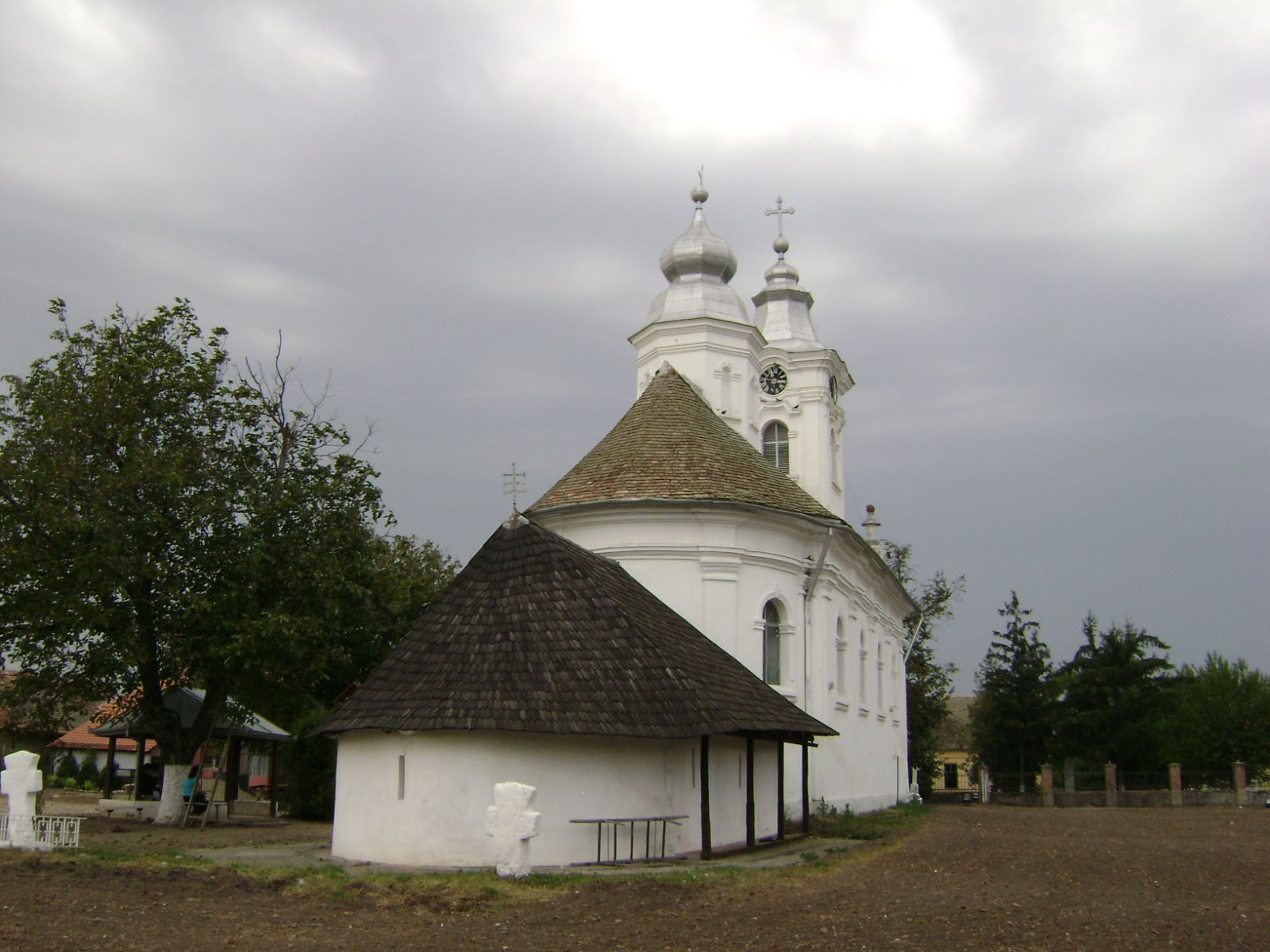
At Vatopedi he was soon recognized as a healer since he healed many monks after praying for them and placing his right hand on the forehead of the sick.
The Ecumenical Patriarchate then votes St Joseph as Abbot of the monastery of St Stephan at Andrianoupolis- a dependency of the Great Lavra Monastery.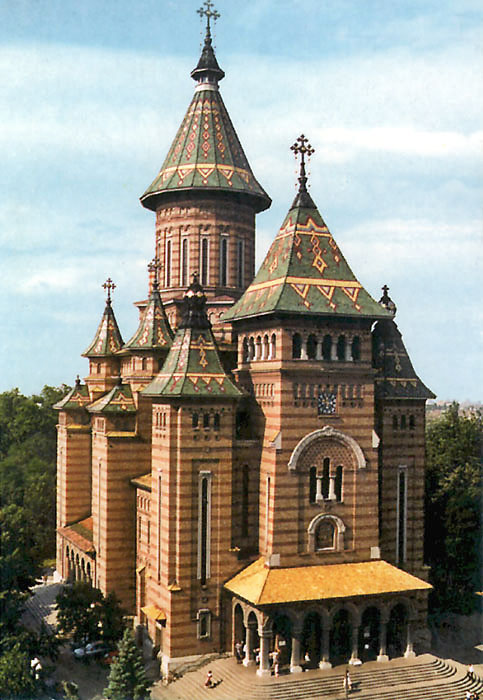
Six years later he returns to the Holy Mountain and tradition has it that he became Abbot of the Koutloumousi monastery. In the end he resurfaces at Vatopedi once again.
St Joseph stayed 62 years at the Holy Mountain from 1588 to 1650. He became renowned for the holiness of his life, his teachings and his wonder works. At the ripe age of 82, he is found at Vatopedi, in 1650. But then the Lord chose him to tend to His flock as an apostle in a far away land. He was elected Metropolitan of Timisoara, an ancient Romanian city, built near the Temesi River. ‘Timisoara’ means the ‘town or the fortress on the clean river’. The people of this town wanted him as their shepherd despite his age, having heard that he was a grand spiritual figure.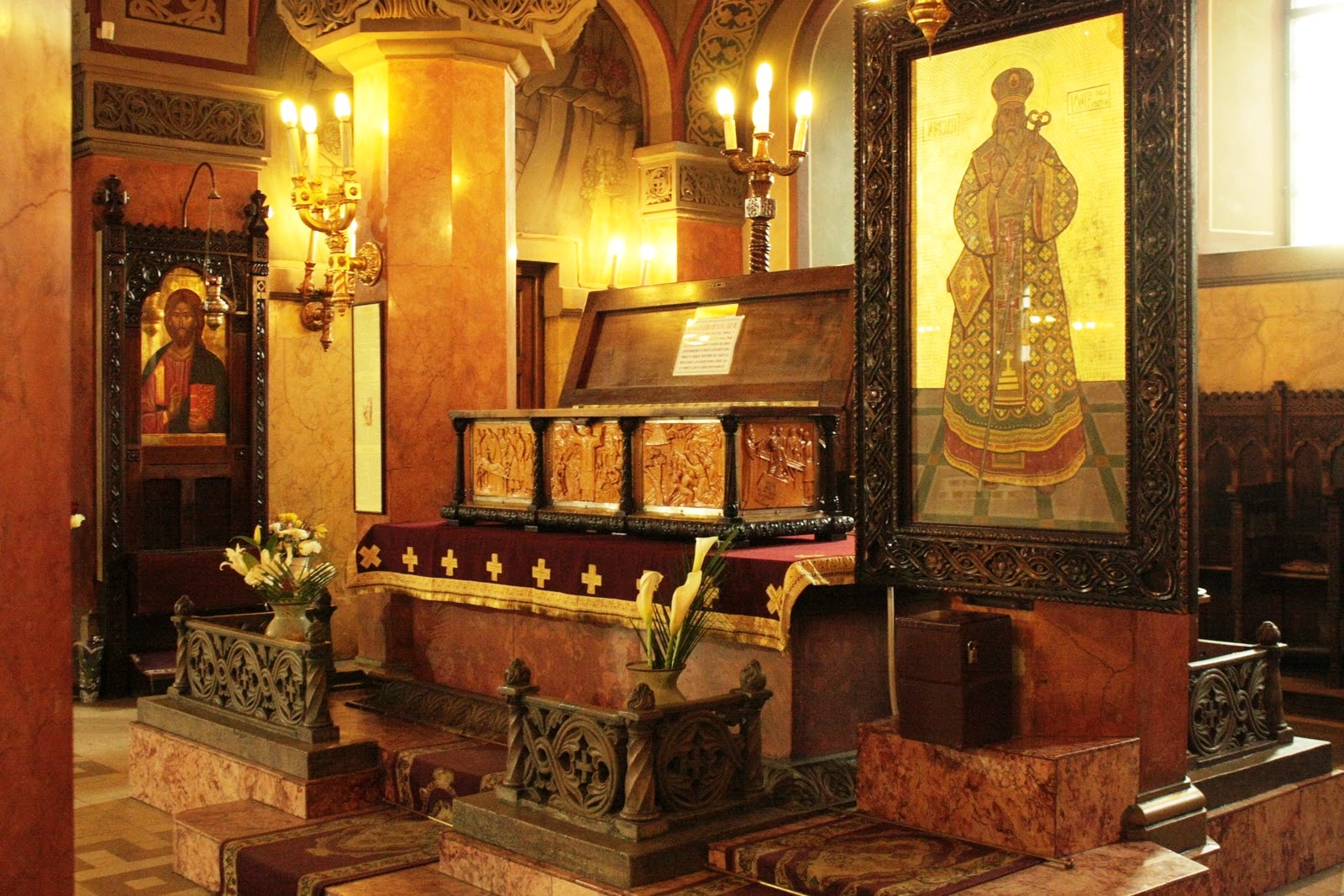
St Joseph was assigned to take up a post at a foreign country; he did not speak the language and it was difficult for him to learn at his age. This was humanly impossible since an old man has a weak memory and cannot remember what he is being taught. Yet, “when the Lord wishes, nature is overcome”. The almighty divine providence had the means to solve the problem. The Most Holy Spirit which enlightened the Apostles to speak many languages also provided him with the appropriate teacher.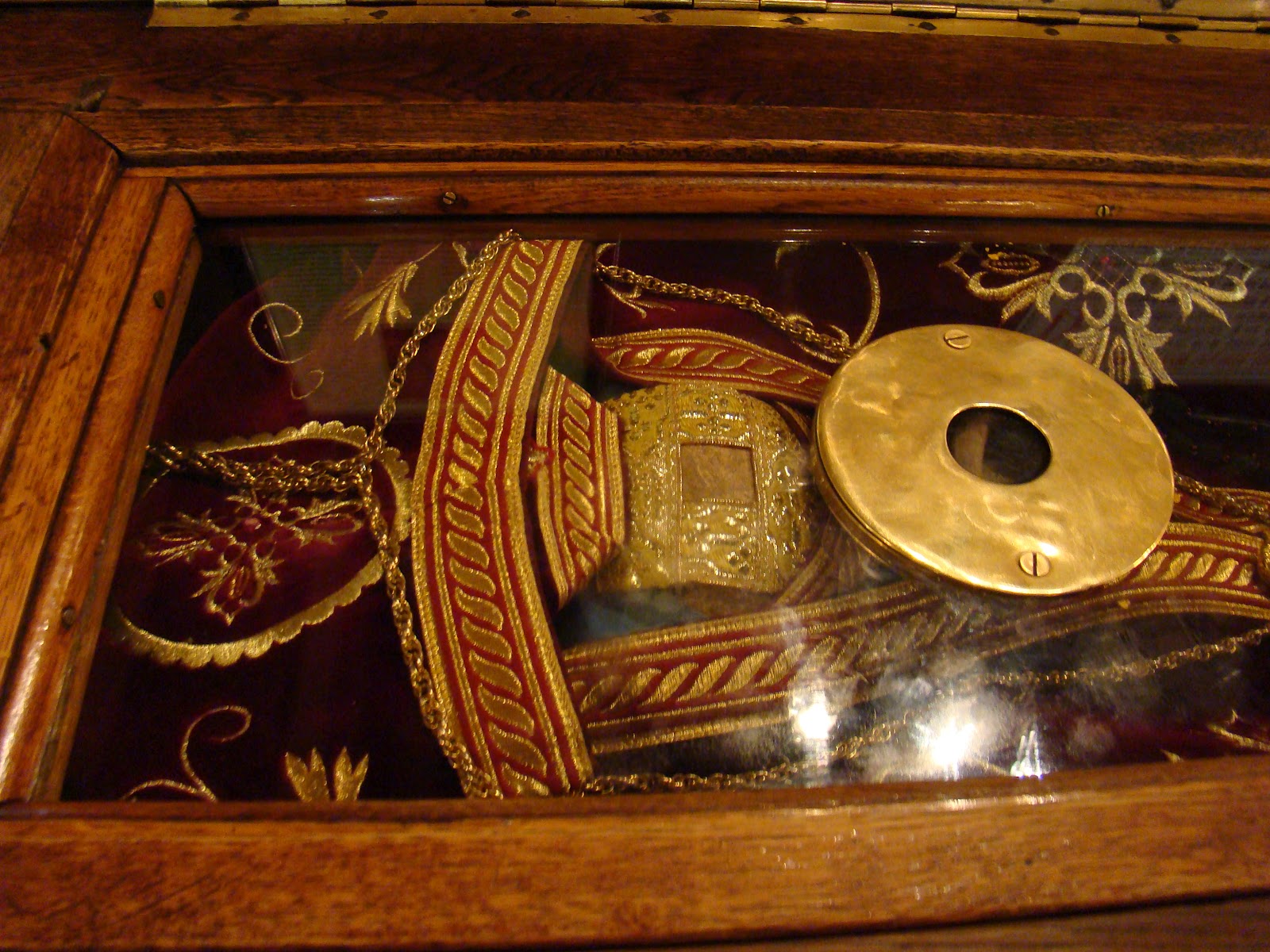
As soon as St Joseph was elected Metropolitan, a Romanian scholar, Damascene Undrea, happened to pass by Vatopedi as a pilgrim. He was asked to teach St Joseph Romanian. Within three months with the assistance and the enlightenment of Grace, St Joseph learnt to speak the language so well that he dared address his flock when he took up the post in Timisoara. The relationship between the teacher and the metropolitan flourished so much that the former became attached to St Joseph, was ordained a deacon and became his closest associate for six years until the end of the saint’s life. Five years later, Damascene wrote the biography of his elder in 1701.
Hieromonk Joseph was ordained by the Ecumenical Patriarch Parthenios B. Having received permission by the Sultan Mohammed IV, he abandoned his beloved Vatopedi monastery and went to Timisoara to tend to his flock; Timisoara at the time was under the jurisdiction of the Serb Patriarch Gabriel.
Wonder works performed by St Joseph before his death
The Saint was due to travel by a horse-drawn carriage in order to reach Timisoara. His companions remember his first miracle when they were about to cross the Danube near Palanka. The horses became scared of the flooded river and refused to step on the ferryboat to take them across. Deacon Damascene tried to push them holding their bridles without any success. The coachman became angry and started swearing. The meek and gentle elder got off the coach, pacified the driver and spoke to the horses gently leading them onto the platform. The animals stayed calm until the end of the journey. Then everybody fell to their knees, kissing the elder’s cassock.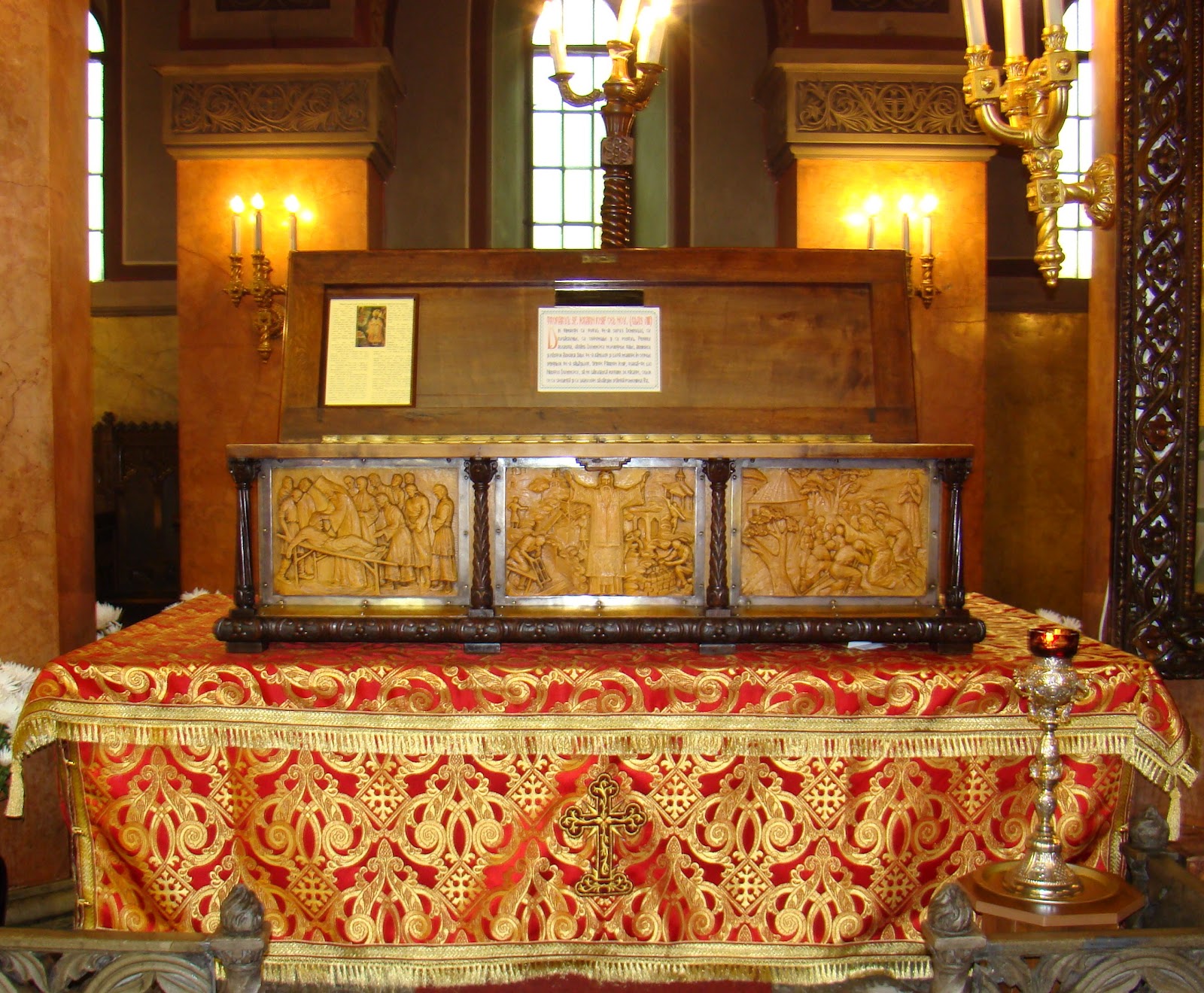
Having passed the Danube they headed for Virtsetz but fell into a blizzard and heavy rains. The drivers lost their way since it was pitch black. St Joseph and his companions were sleeping because they were tired. When they woke up in the morning they faced an unknown village and a company of Turkish soldiers on horseback. At first they became scared. The head of the Turks was demanding to know ‘who the old Greek priest was’. St Joseph looked out of the window and replied in Turkish ‘It’s me’. The strange soldier immediately got off his horse and calmly greeted the hierarch.
“In the name of Allah and Jesus, to Whom you believe, you must return to Virtsetz. My first odalisque has been trying to give birth to her child for three days without success. An angel told her that ‘unless the carriage with the great priest on the way to Timisoara passes in front of your house, you will not be able to give birth. Tell Aga to wait for him at Sama village at dawn”.
Thus Aga pleaded with him to turn back promising to give him everything he wanted, provided his wife would be able to give birth.
The saint felt sorry for the Aga even though he was a Muslim. ”I will turn back in order to fulfill the Lord’s wish, Who through his Son, Jesus, told us “to love one another” even our enemies, and not because of your promises to give me material possessions”. Fr Charalambos who was travelling with the Saint became agitated and told him that he had no business doing what the infidel was asking. The saint scolded him and said: “The Lord is one and above anyone else. No one knows His wishes and each man is obliged to listen to what the Lord wants even if this is revealed through an infidel”. Then he fell into prayer in silence, while the carriage turned back, accompanied by the Turkish soldiers. As soon as they passed in front of the house, the woman gave birth to a baby boy. The Aga, full of joy and gratitude started crying like a child and stopped the carriage in order to kiss St Joseph’s hand.
The boy, born as a result of the Saint’s prayer, was baptized soon after his father died. When he grew up, became a monk, named Gervasios, and later on he was elected Bishop of Karasempes and Virsetz (1695-1708). This was the bishop who had assigned deacon Damascene the task of writing St Joseph’s biography.
News about the miracle reached Timisoara well before the Saint’s arrival. The administrator of the town, Fasli Pasha, who was a former Christian, having heard about the miracle, ordered fifty soldiers on horseback to greet the Saint and accompany him into the town. The Metropolitan was enthroned on the feast day of Prophet Elijah in the old metropolitan church inside the town’s castle. Masses of people from all over the territory attended the celebrations and paid their respects to the new hierarch, showing their love.
At the end of the celebrations the Saint headed for the Argyrohoon Street where his house was. Two sons met him there, having brought their paralytic father who was bedridden for twenty years, pleading for his cure. The Saint touched his right hand on the forehead of the father and started praying with warm tears streaming down his face. The paralytic immediately got up and started walking.
In his gentle ways, the Saint also managed to pacify the Turkish commander of the town into protecting the Orthodox churches under his jurisdiction. He also established a seminary for new priests.
On June 28, 1652, feast day of The Twelve Apostles, St Joseph was officiating at the Holy Liturgy inside the wooden church of the castle. Numerous people were present; soon after a fire broke out in the area, setting ablaze whole houses and shops and threatening to enter the church. Several people were burnt to death.
The Saint comes out in his vestments, kneels down on the front steps of the church and starts praying, touching his forehead on the ground. Soon afterwards, black clouds covered the sky, followed by thunder and lightning and heavy rains. The fire was put out soon afterwards. When the night came, the sky was lit by a light, while seven rainbows appeared one after the other. The Saint finished his prayer and stood up. His vestments were dry. They had not been touched by the rain.
The Saint stayed in his cell for three days. When he came out, a golden cross appeared on the back of his left hand, illuminating the darkness. This divine sign remained on his hand until his repose.
On the feast day of the Archangels, he went to officiate at the Holy Liturgy at Partos monastery. Scores of people brought their sick and paralytic relatives and placed them at the entrance of the church. When St Joseph was passing by they were touching him with their hands, begging him to heal them. The Saint was imploring them to pray to the Lord for their healing instead of him. At some point he stopped, kneeled amongst them and prayed. When he finished he stood up to enter the church. Eleven paralytic and other sick people, who had been cured, entered the church with him, offering thanks to the Lord.
The Saint’s repose
The years were passing by adding onto his old age and warning him that it was time for him to finally rest. In 1653, at Easter, he handed over the Metropolitan throne to Bishop Moses and retreated in the monastery of the Archangels at Partos. He lived the last three years of his life in the monastery, in prayer and fasting as a true heasychast and ascetic. As soon as he went to the monastery he built a stony church with his tomb at the front.
On the night of the 15th of August 1656, St Joseph reposed to the Lord whom he had served for 65 years. The bells of the church started striking one by one. This lasted for an hour. The holy angels received the soul of the person who had truly lived the ‘angelic life’.
Three bishops and scores of people attended his funeral. When six workers tried to place the tombstone –made of marble- on top of the hierarch’s tomb, they found that they could not. They called four more men. Nothing happened. Then the worker who had been asked to carve the letters on the tombstone remembered that he had sworn in front of the Metropolitan. He knelt next to the tomb and asked for the saint’s forgiveness. Soon afterwards, six men lifted the marble and closed the tomb without any further trouble.
In 1686, thirty years after his repose, the local synod decided to canonize the saint, naming him St Joseph the New. The oldest surviving icon of the saint dates back to 1782 and it was painted by Priest Stephan. Brocade from his vestments is also kept at the Simpatia de Sous museum.
St Joseph is regarded as the founder of the Holy Mountain-type of hesychasm in the Timisoara area.
Wonder works after the Saint’s repose
Miracles by the Saint’s relics are still being performed to this day.
In 1658, two days before the feast of the Twelve Apostles, a wealthy man named, Jonas Moika, arrived at the monastery with his deaf mute daughter. On the eve of the feast, the girl passed the night kneeling next to the Saint’s tomb. Towards the morning she had managed to grab some sleep leaning on the tombstone. When the monks woke her up in the morning she started speaking and asking where she was. The Abbot explained to her that St Joseph had healed her. Out of gratitude her father offered many gifts to the monastery.
On 1672, during the feast of The Presentation, the mayor of Tsiakova, Elijah Miklus, brought his epileptic daughter, Anka, to the monastery. When she had a fit, she was placed on the tomb where she calmed down. By the time the Holy Liturgy had begun, she was already completely cured.
In 1685, on the feast of the Birth of the Mother of God, merchant Paul Graikou from Timisoara was cured of leprosy. He had stayed next to the Saint’s tomb for forty days fasting and praying. On the fortieth day, the Saint appeared in his dream and ordered him to rise because he had been cured. When the monks examined him they found no sign of leprosy.
In 1692, two paralytic men were cured. They were Elijah Daina and George Avidei.
In 1703 twelve people affected by the plague were cured.
In 1709, on the feast of Prophet Elijah, Aga Mustafa was healed. He had been totally paralyzed for six months. After several attempts to find cure with various treatments and medication failed, he had asked to be taken to the saint’s tomb. The Abbot placed him on the tomb and started the Holy Liturgy. That very moment the Aga stood up, looked towards the altar and then the congregation and kneeled down in tears to thank the saint. After the liturgy he gave the Abbot two purses full of gold coins, kissed his hand and returned home in good health.
According to local tradition sometime between 1750 and 1753, Mark Moutsiou built a grand church next to the old one in gratitude for the healing of his daughter.
The Partos monastery became a place of pilgrimage because of St Joseph’s relics. In 1718 the area was occupied by the Austrians who were disturbed by the many pilgrims. By 1771, only six monks remained at the monastery and on the 16th of January 1777, it was closed down at the order of the Catholic Empress, Maria Theresa. The monks abandoned the monastery, taking the holy relics with them on November 10, 1778.
Today only the old church stands with the Saint’s tomb at Partos.
St Joseph was forgotten with the passing of time until May 1956 when Metropolitan Basil started excavations around the altar of the old church, near the tomb. When the workers arrived at the scene, the relics gave off a beautiful strong fragrance, even though there was plenty of soil covering the tomb. Those present shouted with joy: “Our Metropolitan, Joseph was a saint indeed!”
On February 28, 1950, after Metropolitan Basil wrote a report, the synod officially ranked St Joseph amongst the Romanian Saints.
Between 6 and 8 October 1956, three hundred years after his death, the holy relics were transferred from Partos monastery to the Church of the Three Hierarchs of Timisoara, amidst great celebrations. His memory is celebrated on the 15th of September. The Great and Holy monastery of Vatopaidi celebrates the Saint on the 17th of August, two days before his repose.
The Lord revealed his saint to the people of modern-day Timisoara to assist them during the difficult communist era. When bloodshed erupted between the communists and those seeking their independence in 1989, many people were miraculously saved by the saint. Thus, St Joseph was thereafter inexorably connected with the establishment of democracy and the ensuing freedom of worship.
St Joseph is also regarded as the patron saint of the fire-fighters as a result of the aforementioned miracle in 1652.
“Praise ye God in His saints”.
“To God be glory and dominion forever and ever. Amen”.
The end
Φωτογραφία: theodialogia.blogspot.gr
Translated by: Filothei



